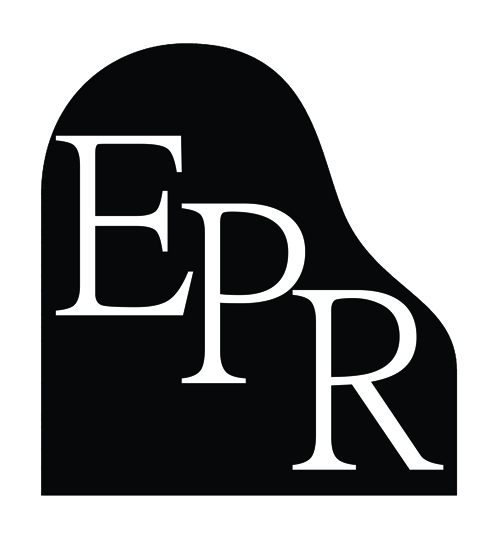Soundboards start out as individual pieces of Sitka Spruce. They are cut and fit to allow for the best possible glue joint between each piece. Once the joints are done, glue is applied to each edge and then pressed together over night.
The next day the excess glue is removed and the soundboard is now ready for the panel sander. The panel sander ensures that the board is universal thickness and free of defects. After the panel is sanded flat it is time for shaping and diaphramizing. This is done using saws and sanders till the ideal shape is achieved. These custom crafted soundboard panels are run through a 4 stage panel sander that ensures the pre-determined thickness we desire. Each panel comes out dead flat and needing no further sanding. A flawlessly flat board provides a perfect glue joint surface for the ribs.
Once the board has been shaped, it is time to build and attach the new ribs and bridges. Using patterns from the old board the bridges are reconstructed to proper height and placement for the bridge pins. The ribs will either be modeled after the original rib design or a custom rib scale will be created.
The ribs will be glued on using our soundboard press. While most may think soundboards are flat, they are in fact crowned. The crown is what gives the piano it’s sound. Soundboards lose their crown due to age and seasonal fluctuations of temperature and humidity. Because of these dynamic atmospheric forces, old soundboards will eventually crack due to cellular destruction and degradation.
New bridge caps are applied to the bridge root. The bridge is dry fit to the soundboard and the whole assembly is dry fit and screwed in place. Then the careful work of setting the string down bearing occurs by planing the tops of the new bridge caps to a pre-determined height. Also, the board is protected by applying sanding sealer and a gloss lacquer coat. It is then rubbed out to a beautiful satin gloss finish.
After the board is done being coated, it’s time to glue it in! Glue is applied to the inner rim of the piano and the edge of the soundboard. The board is placed in the piano and clamped into place with pipe clamps and blocks.
